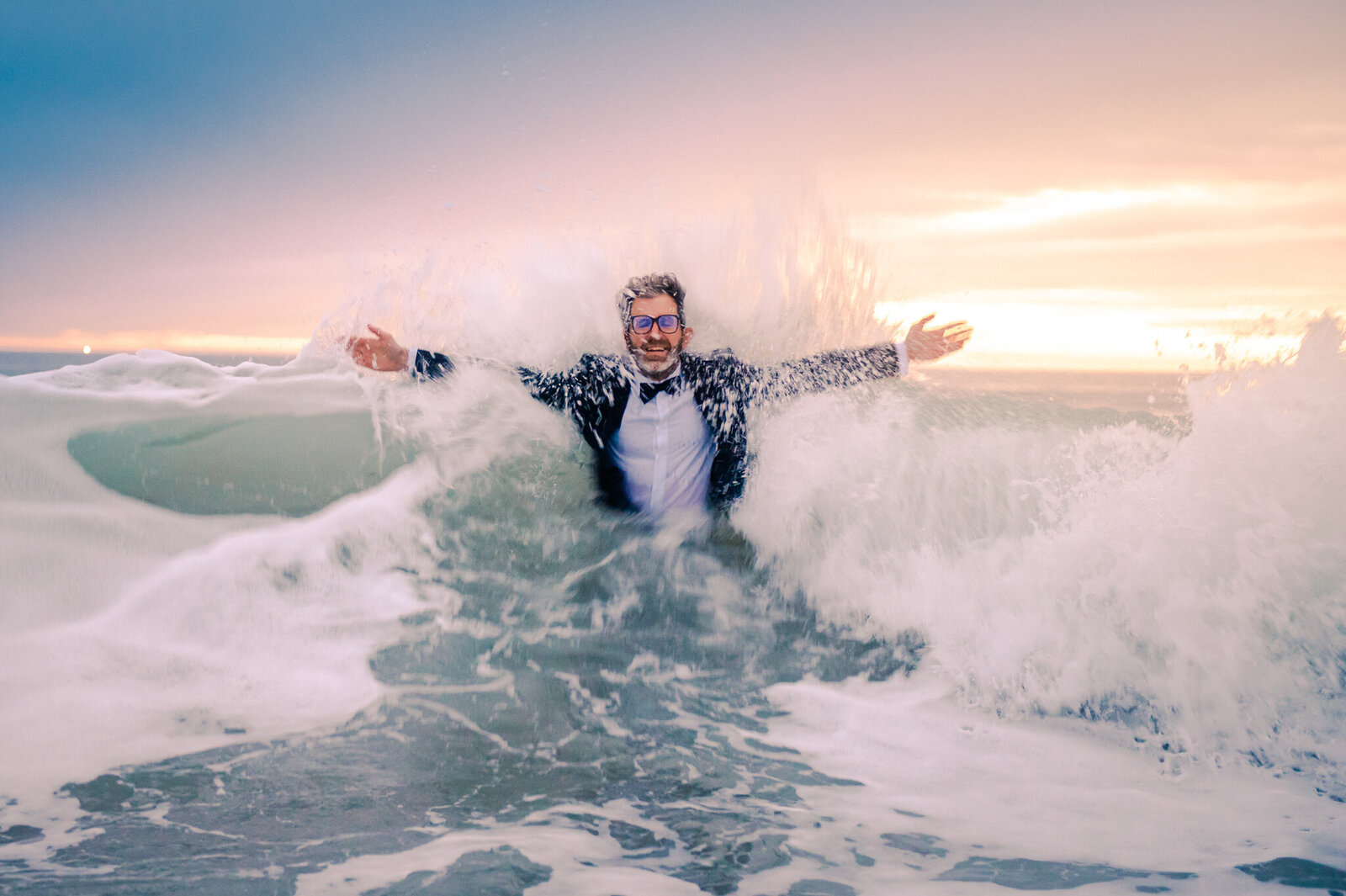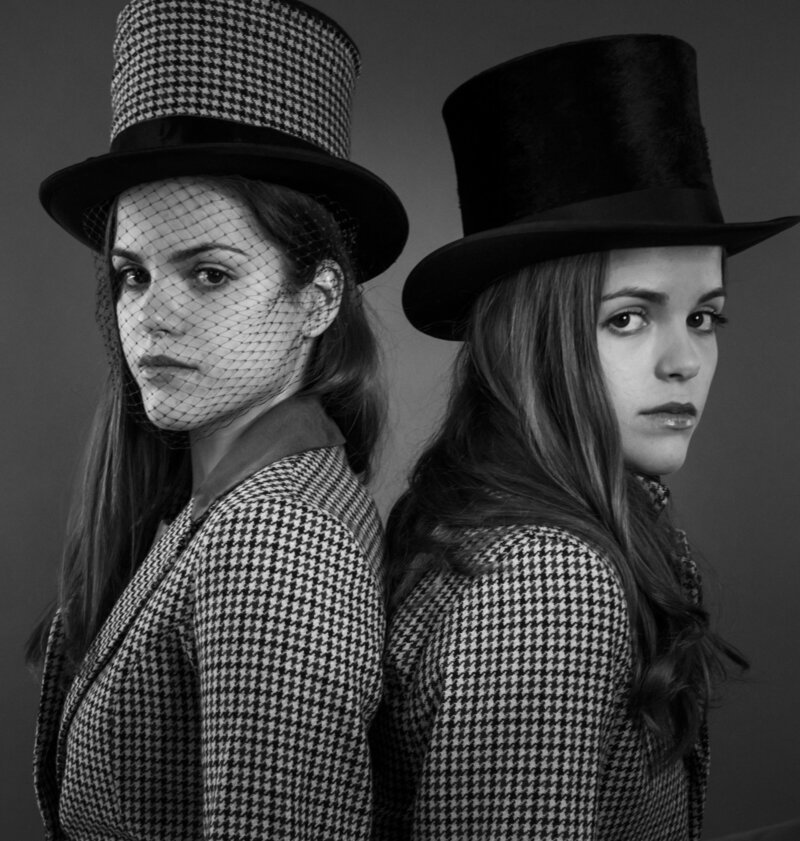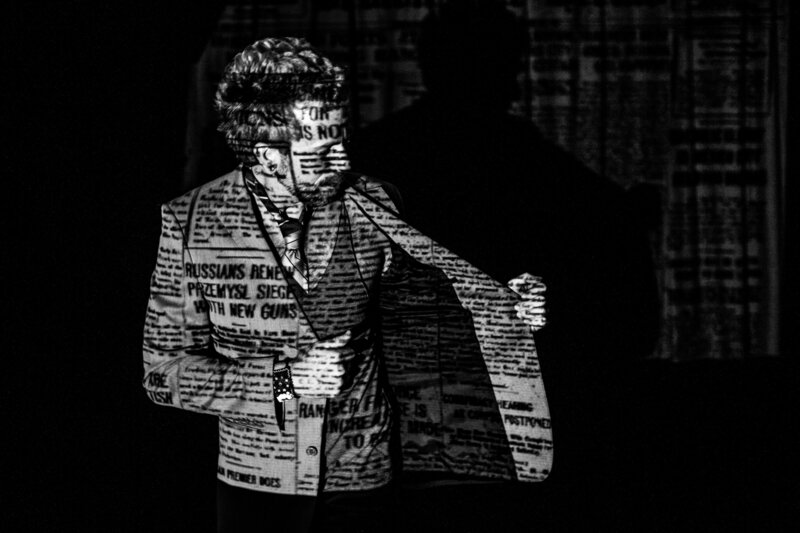7 Essential Steps to Crafting an Exceptional Professional Headshot
Choose the Right Photographer
Selecting a photographer who specializes in professional headshots is paramount. This person will understand how to highlight your best features and create an image that resonates with your target audience. Start by researching local photographers and reviewing their portfolios. Look for styles that align with your vision—some may have a more traditional approach, while others may adopt a contemporary or creative flair.
Don’t hesitate to ask for recommendations from colleagues or friends who have recently updated their headshots. Schedule consultations with potential photographers to discuss your needs and gauge their expertise. A good photographer will take the time to understand your profession, the message you want to convey, and your personal style.
Plan Your Wardrobe Carefully
Your outfit plays a pivotal role in how your headshot is perceived. Aim for clothing that reflects your professional persona while making you feel confident. Solid colors often work best, as they create a clean and cohesive look without distracting from your face. Choose hues that complement your skin tone; for example, jewel tones tend to photograph beautifully.
When selecting your attire, consider your industry. If you work in a corporate environment, a tailored blazer or a classic dress might be appropriate. For creative fields, you may have more freedom to express your individuality—just ensure your outfit remains polished. It’s also wise to avoid overly trendy pieces, as you want your headshot to age well.
Consider Your Background
The background of your headshot should enhance rather than distract from you. Opt for simple, uncluttered settings that allow your personality to shine. Neutral colors such as white, gray, or beige often work best, providing a clean canvas that focuses attention on your face.
If you’re in a creative industry, consider using a more vibrant or textured background that reflects your work environment. However, be cautious—ensure it doesn’t overwhelm the image. Outdoor settings can also work well, but make sure the background is still subtle and doesn’t take attention away from you.

Utilize Quality Lighting
Lighting is one of the most critical elements of a successful headshot. Natural light is generally the most flattering, so aim to schedule your session during the golden hour—shortly after sunrise or before sunset. This soft, warm light creates a beautiful glow that enhances your features.
If you’re shooting indoors, position yourself near a window to take advantage of natural light. Alternatively, your photographer can use soft artificial lighting to create a similar effect. Avoid harsh overhead lighting or direct sunlight, as these can create unflattering shadows and highlights on your face.

Perfect Your Posture and Expression
Your body language communicates a great deal about your confidence and approachability. Stand or sit up straight, relax your shoulders, and avoid crossing your arms, as this can create a closed-off appearance. Instead, keep your arms at your sides or gently clasp your hands in front of you.
When it comes to your expression, aim for a look that balances professionalism with warmth. A genuine smile can make you appear more inviting, while a neutral expression can convey seriousness and focus. If you’re unsure, practice different expressions in the mirror or during the shoot—your photographer can guide you in capturing the best version of yourself.
Experiment with Angles
Finding your most flattering angle can dramatically improve the impact of your headshot. Each person has a “best side,” and experimenting with different positions can help you discover what works for you. A slight tilt of the head or turning your shoulders away from the camera can add depth and interest to the photo.
Keep your chin slightly raised to avoid the appearance of a double chin, and maintain a relaxed demeanor. Trust your photographer to provide direction and feedback during the session. They will have the expertise to help you find the angles that highlight your best features.
Edit for Impact
Once your photoshoot is complete, it’s time to choose the final images and consider professional editing. Minor adjustments like cropping, color correction, and retouching can make a significant difference in the overall quality of your headshot. While you want to look your best, aim for a natural appearance—over-editing can result in a less authentic image.
Ensure that your final headshot is high resolution and properly sized for its intended use, whether it’s for LinkedIn, a company website, or promotional materials. Different platforms have specific requirements, so be sure to optimize your image accordingly.
